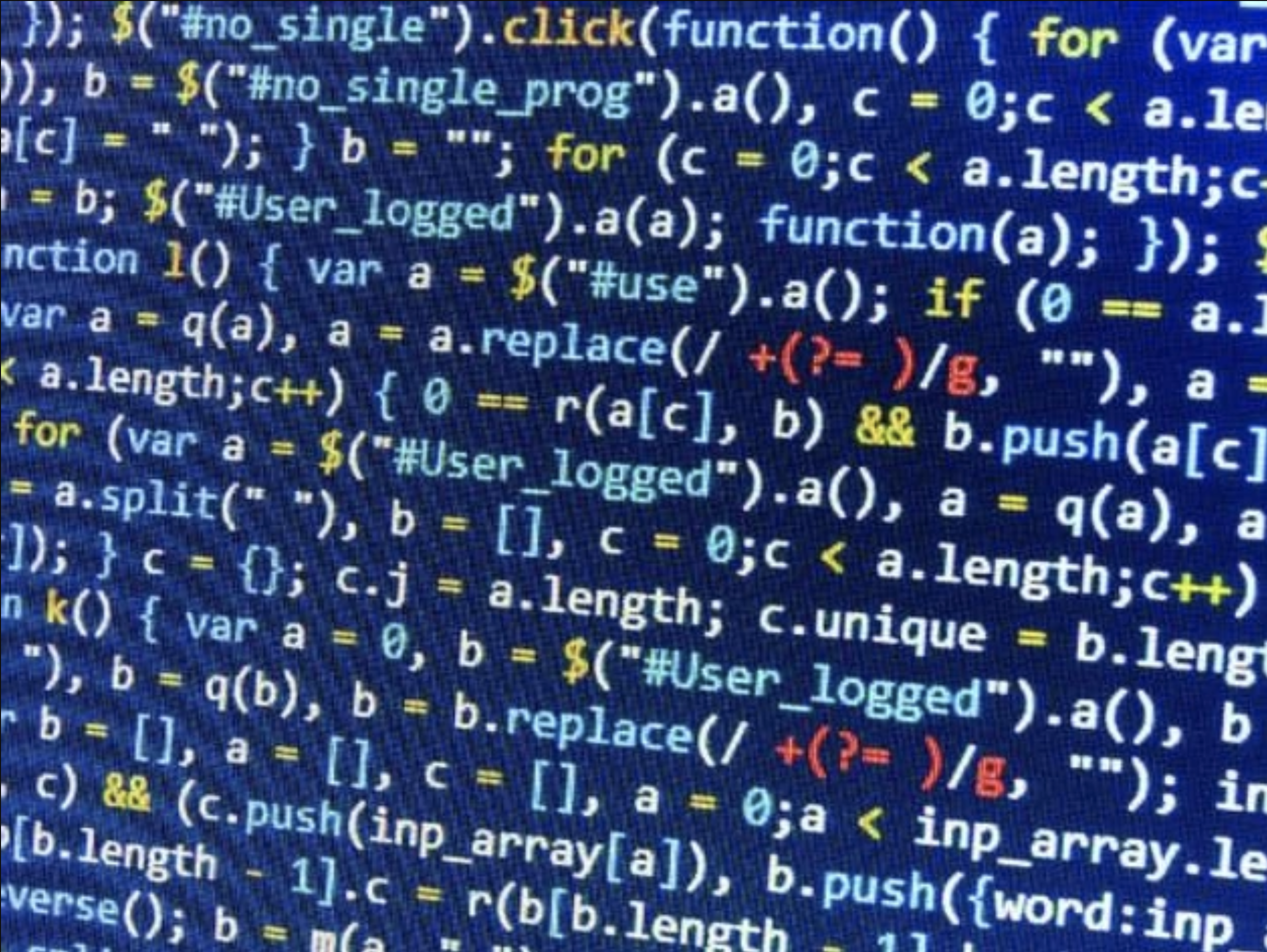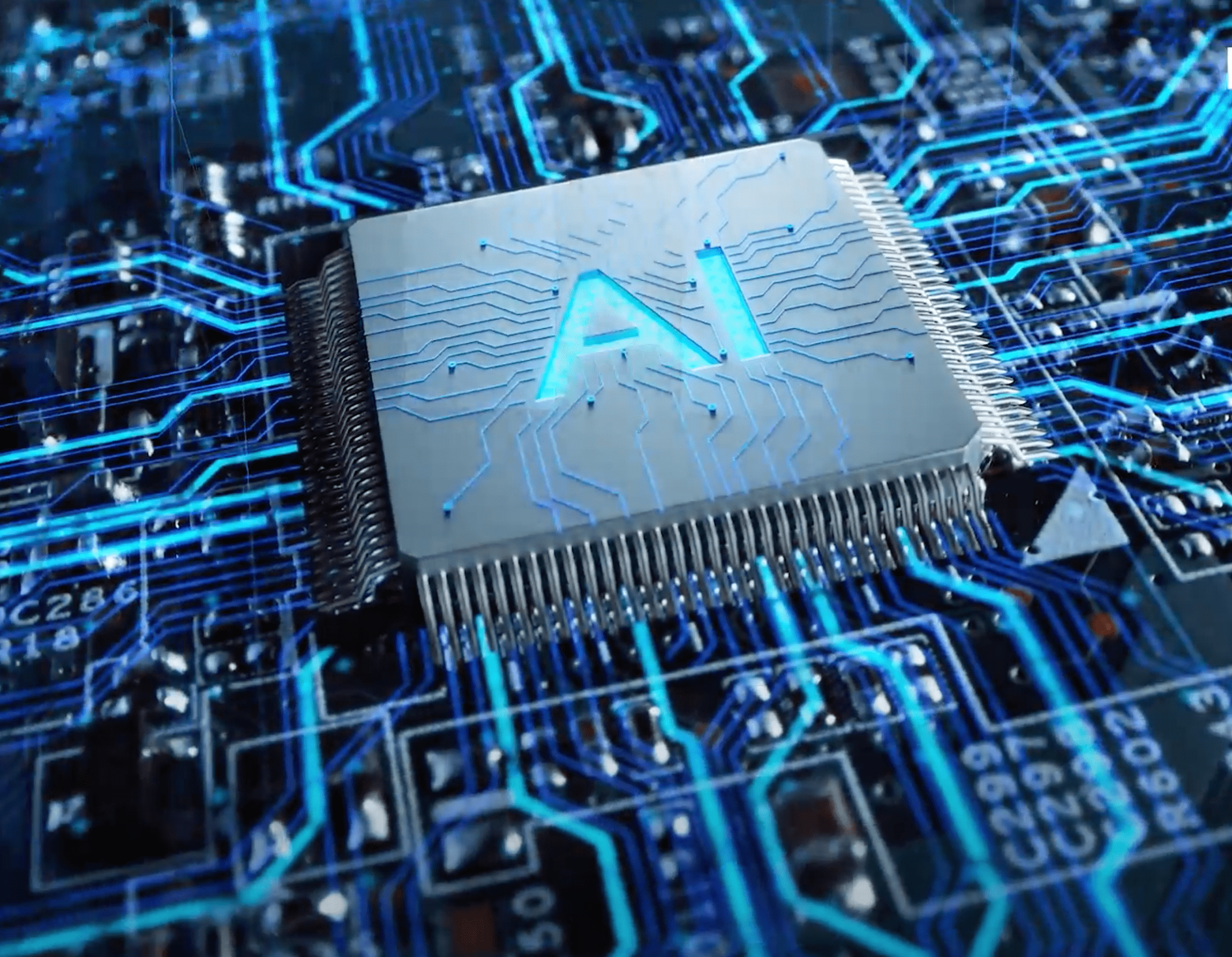AI is everywhere in the media and LinkedIn. Used Siri? watched Netflix? Heard about self-driving cars? That is all artificial Intelligence at play – now it’s time for work! AI is about to take the next step and accelerate business here in Australia.
What is Machine learning?
So what is the difference between AI and Machine Learning? Artificial intelligence and Machine Learning are terms that are often used interchangeably. Machine Learning is a subset of AI and represents a shift in developing software. The key difference between writing lines of code (or how most software is written today) is that Machine Learning enables programs to learn through training. This is instead of being programmed, with hand written rules. Typically a data scientist sets up the machine and starts with processing training data with Machine Learning systems providing results that improve with experience.
For Australian business – Data is critical, with large well structured data sets needed to get the best results.
Machine Learning can be applied to a wide variety of prediction and optimisation challenges, from determining the probability of a fraudulent transaction to predicting when a client will leave or an asset is likely to fail.
Some other examples include;
- Predicting how likely a customer will buy a certain product; estimating how much a customer will spend in a product category – who might churn
- Identifying customer groups – customer segmentation
- Finding the key drivers (What service elements best predict customer satisfaction?)
- Modelling & identifying which marketing activities have the best return
- Understanding and optimising the supply chain
I will outline three basic Machine learning models that can be applied depending on the problem that needs solving:
Supervised models are used when the variable that needs to be assessed or predicted is known. The models learn a (often very complex) relation between the input features and said variable. The learnt relation can then be applied to cases where the variable is not known in advance. Regression and discriminant analysis are supervised methods. In classification problems, the dependent variable is often called “label” or “class” by data scientists.
Unsupervised methods are used when there is no defined variable to predict. These methods leverage large volumes of data to find similarities and structure, that can be eventually used for further analysis. Examples of these are clustering and factor analysis.
Re-inforcement models are used to develop a strategy when interacting with a feedback-providing environment. These approaches have been tested on game-play scenarios (e.g. DeepMind Alpha Go) and are best suited to problems where actions/decisions/predictions can be quickly evaluated.
So what is AI then?
Artificial Intelligence (‘AI’) is a general term that refers to hardware or software that exhibit behaviour which appears intelligent. Under the AI banner, live all the algorithms and models that allow a computer to perform tasks that normally require human intelligence. Basic AI has existed since the 1950s, via rules-based programs that displayed basic intelligence in limited situations. AI usefulness for business is the ability to identify concepts and patterns in large data sets more efficiently and effectively than humans. The processing of data by AI models like machine learning provides scale to an organisation needing to derive value from complex structured and unstructured data.
Jeff Cook – BuildAI




